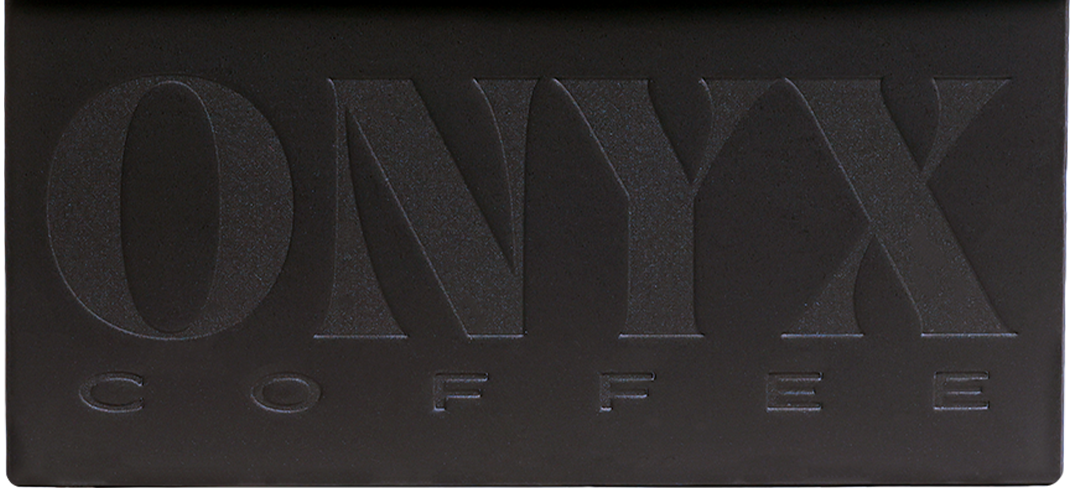Story
Demeka Becha site is situated at the top of a hill, which is ideal for air flow along the drying beds. You enter through tin gates which open onto lush green grass and, if you’re lucky, smiling day laborers lined up clapping and whistling their excitement at your visit.
The Demeka Becha site is owned by Ayele Tulu, a Sidama man who is deeply integrated into the local area of Bona Zuria where he has a few sites. His son Tsegab Ayele, who speaks fluent English and is eagerly involved with coffee culture globally through social media, is his right hand man manages the project. Tsegab’s younger brother Abinet (still in college but clearly on route to joining the family business) is responsible for photography and making sure that his dad has a chair and is comfortable.
The heart, perhaps the true engine, of the family is Genet Haile Endeshow, Tsegab’s mother and Ayele’s wife. She fills up their lives and the home with her warmth, and her embrace expands to include everyone who has the privilege of working with the family and their coffee producing sites. She’ll make you a killer doro wat or chicken stew, which is served to honor guests in Ethiopia, and follow it up with traditional Ethiopian buna (coffee), served on her porch below the flowering vines that shade it even in the heat of midday.
Demeka Becha site pulls cherries from nearby communities including Dilla Suke, Demeka, Goacho, Becha, and Bashiro Dale—close to 10,000 producers are situated in the areas surrounding the washing station. The situation of the site Producers bring their cherries to be weighed on the characteristic blue scale, logged in the book by Cashier and General Manager, Alemu Gobaro, and floated before being dumped into the cement hopper to begin the journey through the 4-disk Agard pulper and into fermentation tanks and cement washing channels. There are 10 tanks for density grades 1 and 2, and 2 tanks for low density coffee destined for our Community Lot program if it meets our standard, or for the local market. Following fermentation and washing, the parchment coffee is carried by hand to the drying beds where laborers spread it out to the depth of a fingertip and keep it turning until it is dried and moved to the locked storehouse to await trucking to Addis Ababa and final processing.
WASHED PROCESSED COFFEES
The washed process begins with coffee cherries delivered to the washing station, both from the primary market or from farmers bringing their coffee directly to the mill. The cherries are inspected, and an initial quick round of hand-sorting separates the defective coffees before placing them into the hopper. They are then funneled to the depulper, which removes the fruit from the seeds (beans). After that phase is done, the coffee is fermented underwater for approximately 12-36 hours. During this fermentation, a microbial de-mucilagation takes place, which allows the outer fruit and pectin layer to break down, making the coffee easier to dry. This phase also crucially alters the organic acids within the coffee, as sugars and organic acids are transformed, with the best washed coffees maintaining their complex fruit esters. Once the fermentation is complete, the parchment is emptied into the washing channels, where it is agitated with rakes to remove the last of the fruit layer. During this step, the water is refreshed to ensure its capability of separating the fruit layer from the seed. Once the washing is complete, the coffee is taken to the raised drying tables for sun drying.



